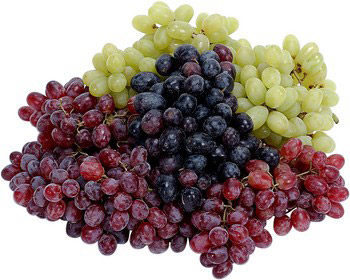
Less Waste When Grapes Were Served
By Jeff Cardinale, California Table Grape Commission
Offering fresh grapes as part of the school lunch menu helped improve the school lunch eating behaviors of children in a pilot study conducted through Texas A&M University.
The study looked at the effects on plate waste when fresh grapes were offered compared to when they were not offered. The results show that when the school meals included grapes, consumption of healthier menu items increased, suggesting that grapes can serve as a “gateway” fruit to healthier eating.
The study was conducted in two elementary schools and two middle schools from one school district in Texas. Grapes were made available on “grape days” as an offered fruit choice. Non-grape days were defined as days when grapes were not offered.
Study results included:
- When offered as a fruit choice, grapes were minimally wasted.
- On grape days, lost dollars attributed to vegetable plate waste was significantly less than on non-grape days.
- Intakes of effective calories, fat, sodium, protein, and fiber per serving of entrees, vegetables and fruits on grape days were higher than on non-grape days.
- On grape days, the children consumed more of the school lunch, which is an overall goal of school lunch.
“Our study shows that offering grapes in school lunches is a smart strategy that goes beyond grapes’ status as a favorite fruit to grapes having a beneficial impact on the degree to which students make healthy choices, and on their consumption of the school lunch overall,” said Dr. Peter S. Murano, co-author of the study.
It is hoped that schools across the country take note of the benefits of serving California table grapes in an effort to help encourage good eating habits for the students.








